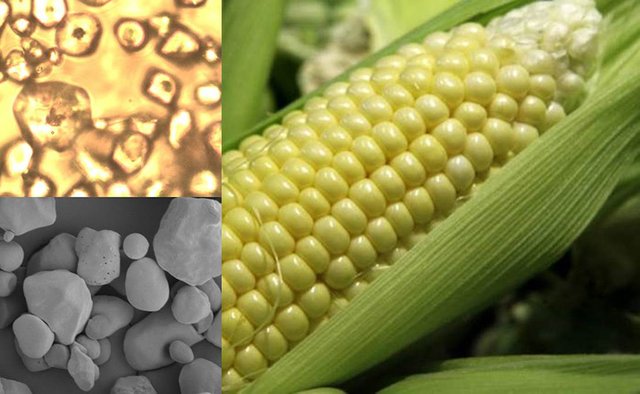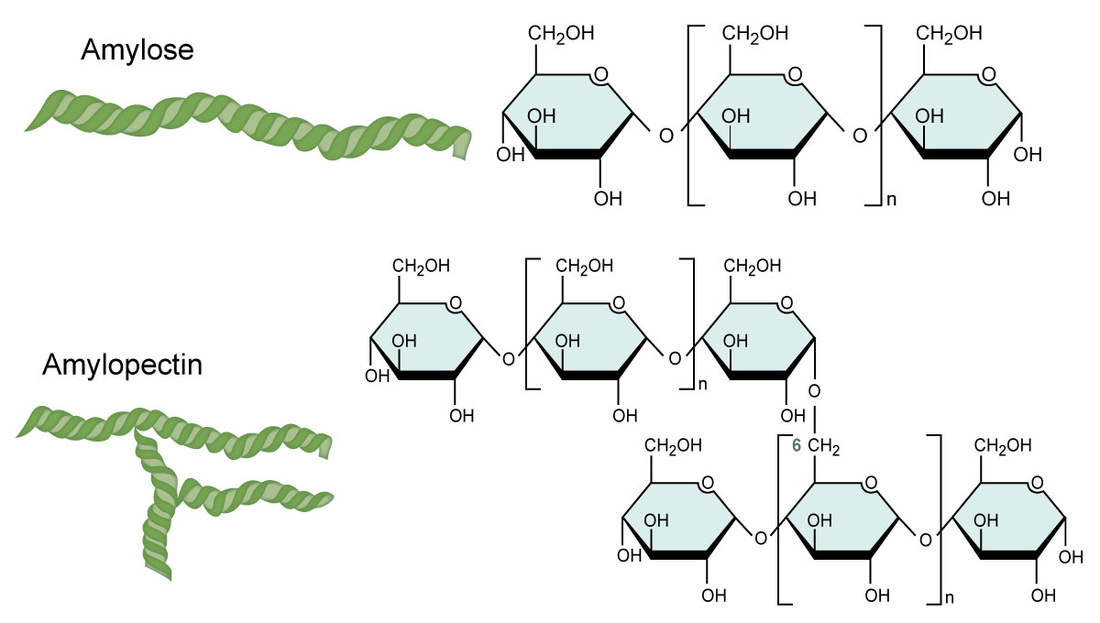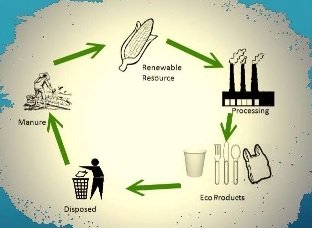Hi Steemit, in one of my last posts I told you that I have an idea of starting to do a series of some topics in the area of materials science, as I have experience in that area, I will continue talking about biodegradable plastics. This time you will see why the starch is a biopolymer, which generates scientific interest in the biodegradation of plastics. I hope you like it.

Starch
Biodegradable plastic materials
The biodegradable plastic materials must maintain the physical and mechanical characteristics that a specific product demands and that present characteristics of biodegradability. It has been investigated that it is convenient to carry out the biodegradation induced by the attack of microorganisms, that the plastic contains an organic additive, such as a polysaccharide such as starch, one of the cheapest and abundant natural biopolymers due to its easy to obtain from various plant sources, which serves as a source of food for microorganisms.
Starch
Starch is a biodegradable polymer and abundant in nature. It consists essentially of a mixture of polysaccharides formed by amylose and amylopectin and a minority fraction of non-glycosidic conformation. The majority of the starches in their glycosidic structure is made up of 20% amylose and the remaining 80% amylopectin.

Amylose and Amylopectin
Aplications
Biopolymers such as starch, become an interesting alternative for the plastics industry because these bioplastics can be processed using the same technologies as conventional thermoplastic materials, such as extrusion, injection or blowing. 75% of starch polymers are used for the manufacture of containers and packaging. 50% of them are constituted by mixtures of starch with other petrochemical-based polymers. Mixtures of starch with aliphatic polyesters improve their processability and biodegradability, for which the most suitable polyesters are polycaprolactone (PCL) and aliphatic-aromatic polyesters (Figure 1). These mixtures are used to make sheets and films of high quality for packaging.
 It can be said that a polymer derived from the starch is a thermoplastic material that results from the process of modification of the starch by chemical, thermal or mechanical means. Presenting the ability to be combined with other copolymers, giving flexible products such as polyethylene, as well as rigid products such as polystyrene.
It can be said that a polymer derived from the starch is a thermoplastic material that results from the process of modification of the starch by chemical, thermal or mechanical means. Presenting the ability to be combined with other copolymers, giving flexible products such as polyethylene, as well as rigid products such as polystyrene.
Conclusion
Finally, we can see in this post how starch is a polymer with high potential for use in the synthesis of biodegradable materials. Being one of the polymers based on renewable or biodegradable resources that generates or a great interest, both in society in general and in the plastics industry.
If you liked the post and want to continue seeing more articles of this type, upvote, follow me and resteem.
References:
Ibrahim, H., Farag, M., Megahed, H., & Mehanny, S. (2014). Characteristics of starch-based biodegradable composites reinforced with date palm and flax fibers. Carbohydrate polymers, 101, 11-19.
Thakur, V. K., & Thakur, M. K. (2014). Processing and characterization of natural cellulose fibers/thermoset polymer composites. Carbohydrate polymers, 109, 102-117.
Thakur, V. K., Thakur, M. K., Raghavan, P., & Kessler, M. R. (2014). Progress in green polymer composites from lignin for multifunctional applications: a review. ACS Sustainable Chemistry & Engineering, 2(5), 1072-1092.



I would really love to read more articles like this one. I hope you will continue :)
Thanks you! I hope see you in next post.
Sneaky Ninja Attack! You have been defended with a 16.00% vote... I was summoned by @bape682! I have done their bidding and now I will vanish...Whoosh